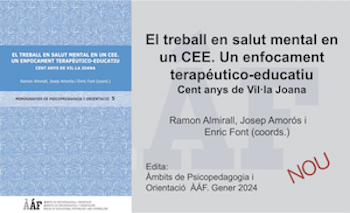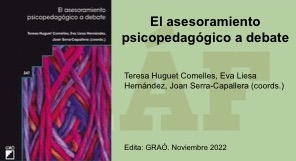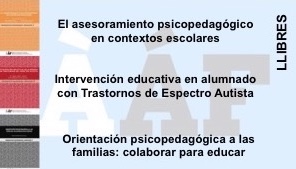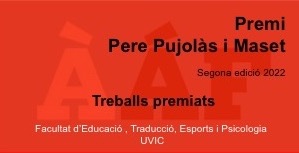School inclusion: principles and strategies to make it possible
Keywords:
Inclusive education, Special educational needs, Educational psychologyAbstract
This article describes that in an inclusive school are attended – loved and valuedall the children whatever are their personal characteristics, not only inside the school, but in the same class. However inclusion can bring different kind of problems, or “non desirable effects”, that we must try to counteract. We are thinking for example on fear of parents and teachers, the increase of conflicts or inappropriate behaviour of other students, difficulties to adapt the curriculum to all children that are different,... We talk about the general principles to work in an inclusive approach in the school and we announce the strategies that can be followed. We talk also about all the challenges that school inclusion brings.
References
PARRILLA, A. (1992): El profesor ante la integración escolar: “Investigación y formación”. Capital Federal (Argentina): Ed. Cincel.
PORTER, G.L. (2001): “Elements crítics per a escoles inclusives. Creant l’escola inclusiva: una perspectiva canadenca basada en quinze anys d’experiència”. Dins Suports. Revista Catalana d’Educació Especial i Atenció a la Diversitat. Vol. 5, núm. 1, pàg. 6-14.
PUJOLÀS, P. (2003): Aprendre junts alumnes diferents. Els equips d’aprenentage cooperatiu a l’aula. Vic: Eumo.
RUIZ i BEL, R. (1999): “Algunes reflexions i propostes sobre aspectes conceptuals i pràctics de les Adequacions Curriculars. Disseny de “Bases Curriculars Comunes” per a tot l’alumnat i adequació personalitzada del currículum”. Dins Suports. Revista catalana d’Educació Especial i Atenció a la Diversitat, Vol. 3, núm. 2, pàg. 121-148.
STAINBACK, S. B. (2001c): “Components crítics en el desenvolupament de l’educació inclusiva”. Dins Suports. Revista Catalana d’Educació Especial i Atenció a la Diversitat. Vol. 5, núm. 1, pàg. 26- 31.
STAINBACK, S. i STAINBACK, W. (1999): Aulas inclusivas. Madrid: Narcea. (Original del 1992).

Downloads
Published
Issue
Section
License
The authors maintain their copyright and give the right to the first publication of the work to the journal, registered under a Creative Commons Attribution-Non Commercial-NoDerivs license. This license allows others to download the works and to share them with others as long as they credit the author, but it does not allow for any kind of modification or commercial use.














